Horticulture Crops: Meaning, Types, and Importance
Published on July 26, 2025
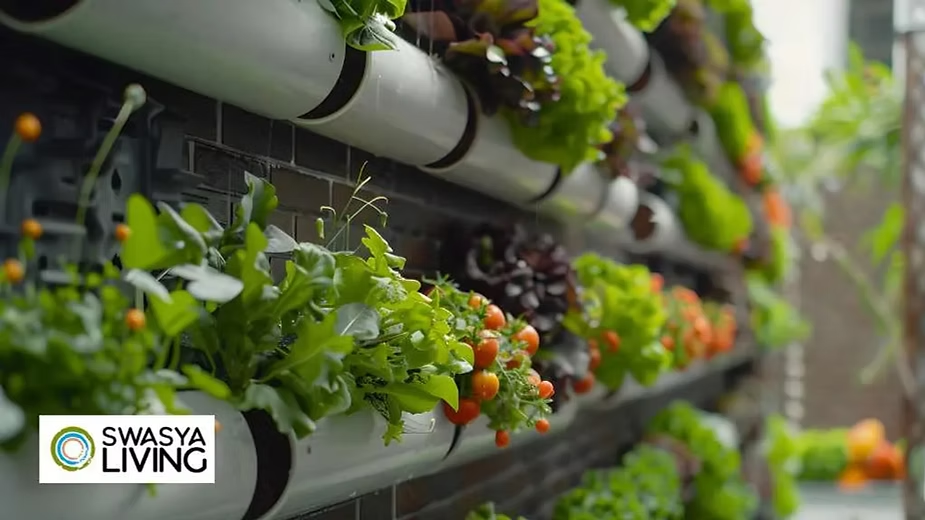
Horticulture plays a vital role in modern agriculture and the way we produce food, grow plants and beautify our surroundings. It’s more than just gardening; it’s a science and an art that focuses on growing plants, including fruits, vegetables, flowers, and ornamental trees, in a sustainable and efficient way.
In this blog, we’ll explore what horticulture crops are, the different types of horticulture, the importance of horticulture, and how to manage diseases that affect these plants. We’ll also take a closer look at the practices that make horticulture successful and the regions where it thrives.
What are Horticulture Crops?
Horticulture crops are plants that are carefully grown for human use, whether it’s for food, decoration, medicine, or even environmental conservation. Unlike large-scale agriculture, where crops like wheat, corn, and rice are grown in vast fields, horticulture is often more specialized and intensive. It focuses on smaller-scale production with more attention to detail and quality. For example, the fruits you buy at the market, the vegetables in your salad, or the flowers in your garden are all products of horticulture.
When we ask, “What are horticulture crops?” We are looking at plants that are grown not just for profit but for their high value and quality. These crops are managed using scientific techniques to ensure they are healthy, nutritious, and visually appealing. From fruits and vegetables to ornamental plants, herbs, and spices, horticulture crops are vital for both our diet and lifestyle.
Types of Horticulture Crops
Horticulture is a vast field that encompasses several branches. Each branch focuses on a different type of plant or cultivation method. Here are the main types of horticulture:
1. Arboriculture

Arboriculture focuses on the care, cultivation, and management of trees, shrubs, and other woody plants. It includes techniques like planting, pruning, fertilization, and pest control. Arborists work mainly in gardens, parks, and urban areas to ensure that trees and woody plants remain healthy and safe.
2. Turf Management
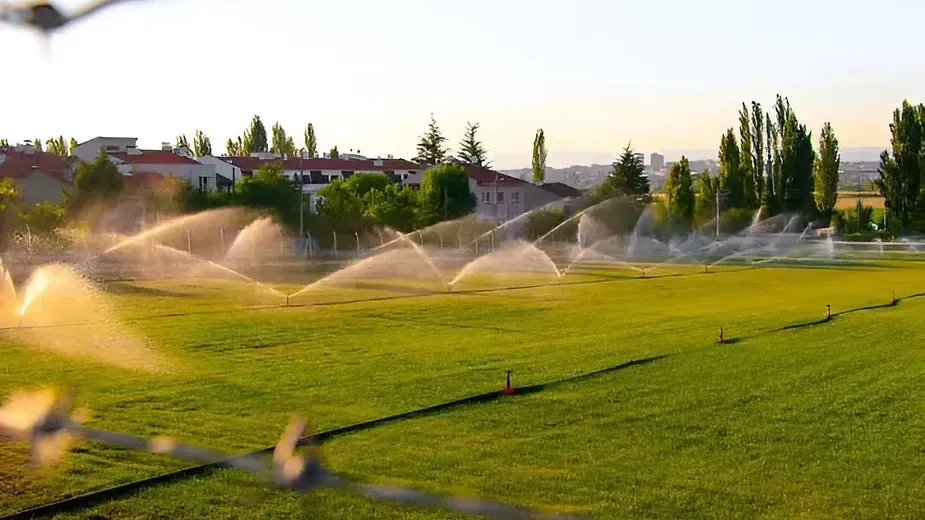
Turf management is all about cultivating and maintaining turfgrass for sports fields, parks, and lawns. Whether it's for a soccer pitch or a golf course, the quality of the turf is essential for both aesthetics and performance.
3. Floriculture
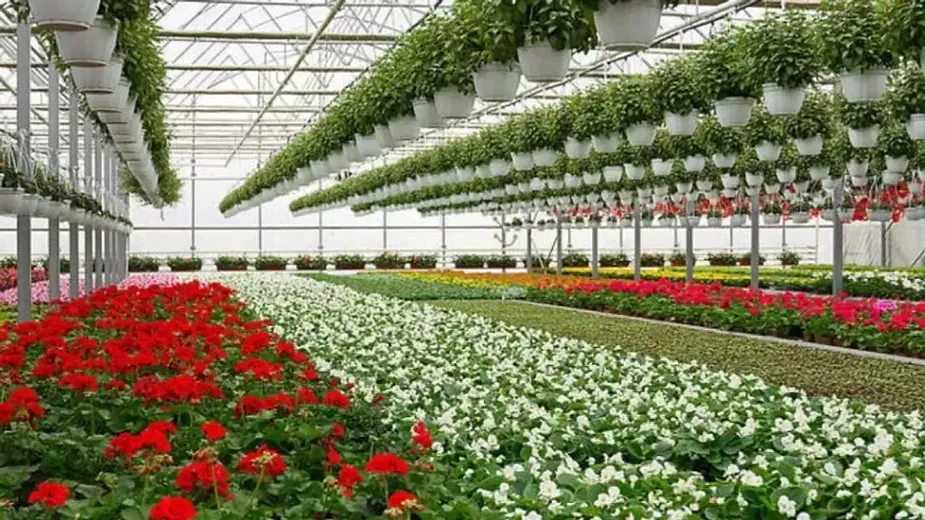
Floriculture focuses on growing flowers and ornamental plants. This includes bedding plants, cut flowers, and potted plants that you might see in gardens, homes, or used for decorative purposes in public spaces. Floriculturists also engage in plant breeding to create new varieties of flowers.
4. Landscape Horticulture
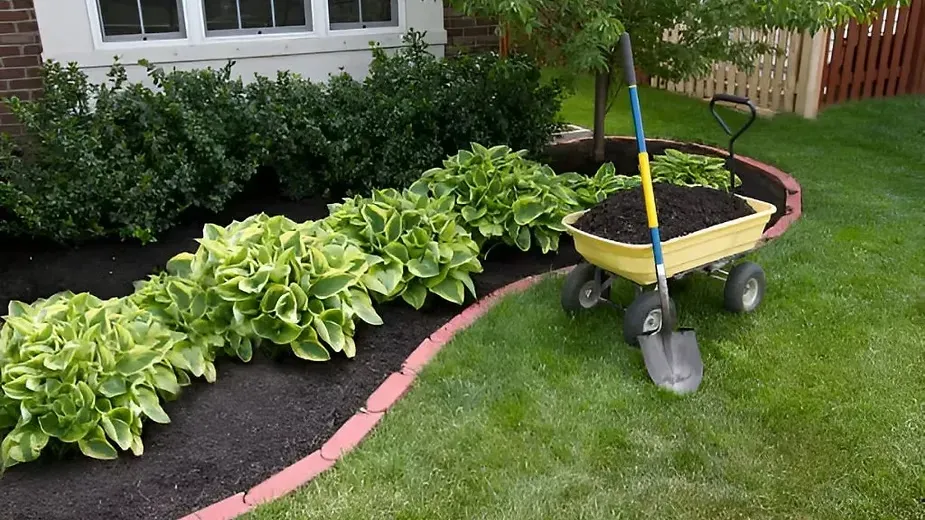
Landscape horticulture involves designing and maintaining outdoor spaces, including gardens, parks, and recreational areas. This branch combines horticulture and landscaping to create beautiful, functional environments that enhance both public and private spaces.
5. Olericulture
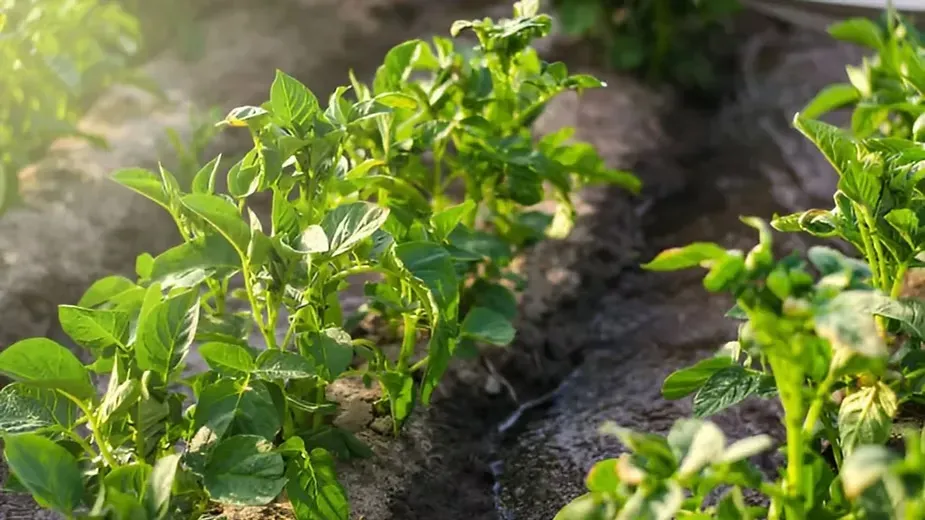
Olericulture is the science of growing vegetables. This branch focuses on all aspects of vegetable production, from seed selection and planting to harvesting and marketing. Whether it's leafy greens, root vegetables, or legumes, olericulture ensures a steady supply of nutritious vegetables for consumers
6. Pomology

Pomology deals with the cultivation and study of fruits. This branch of horticulture focuses on improving the quality of fruit crops, managing harvests, and reducing production costs. Apples, oranges, and grapes are just a few examples of crops studied in pomology.
7. Viticulture
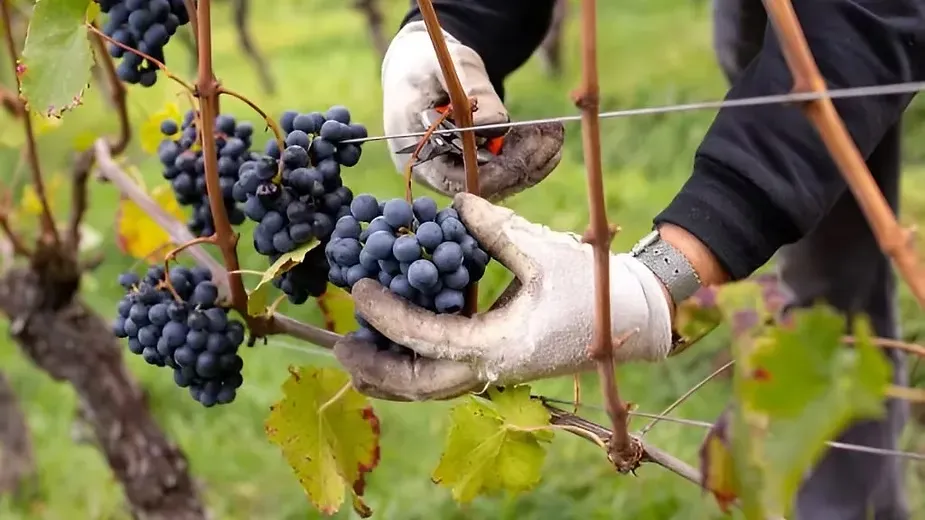
Viticulture is a specialized branch that focuses on growing grapes, primarily for wine production. This involves monitoring pests, managing irrigation, and ensuring that the grapes are of the highest quality for winemaking.
8. Oenology

While viticulture is about growing grapes, oenology is the study of wine and winemaking. This branch of horticulture focuses on transforming grapes into wine through fermentation and other processes.
9. Postharvest Physiology
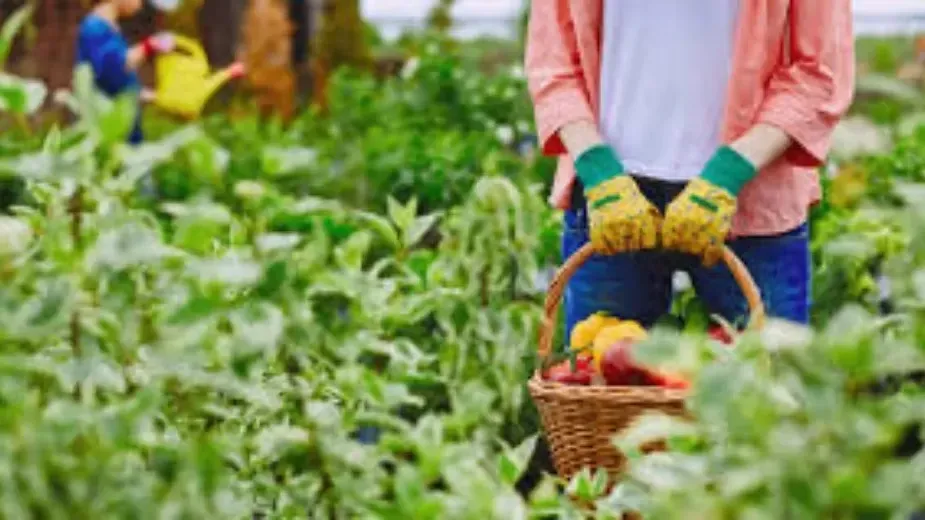
Postharvest physiology focuses on preserving the quality of crops after they are harvested. This is important for ensuring that fruits and vegetables remain fresh and nutritious during transport and storage.
What are the Importance of Horticulture?
The importance of horticulture cannot be overstated, as it plays a crucial role in food production, environmental conservation, and economic development. Here are some key reasons why horticulture is so essential:
1. Food Security and Nutrition:
Horticulture crops, such as fruits and vegetables, are vital for human nutrition. They provide essential vitamins, minerals, and antioxidants that contribute to a healthy diet. Horticulture helps ensure a reliable supply of these nutrient-rich foods, supporting global food security.
2. Economic Impact:
The horticulture industry generates billions of dollars globally and provides employment opportunities for millions of people. From farmers and landscapers to florists and scientists, horticulture supports a wide range of economic activities.
3. Environmental Benefits:
Horticultural practices can help maintain biodiversity and promote sustainable agriculture. Techniques like organic farming and agroforestry contribute to healthier ecosystems and more resilient agricultural practices.
4. Cultural and aesthetic contributions:
Horticulture enhances the beauty of our surroundings. From well-maintained gardens to beautiful public parks, ornamental plants and flowers contribute to the quality of life in urban and rural areas alike.
5. Health and Well-being:
Spending time in green spaces has been shown to reduce stress, improve mental health, and promote physical activity. Horticulture plays a role in creating these spaces, contributing to the overall well-being of communities.
What are the Diseases of Field and Horticultural Crops and Their Management
Like all plants, horticulture crops are susceptible to various diseases that can reduce their yield and quality. Proper understanding and management of these diseases are crucial to maintaining healthy crops. Effective disease of field and horticultural crops and their management practices play a significant role in ensuring high productivity.
Some common diseases of field and horticultural crops and their management techniques include:
1. Powdery Mildew
A common fungal disease affecting crops like cucumbers and roses. It appears as white spots on leaves and can be managed by using fungicides or planting disease-resistant varieties.
2. Blight
This disease affects vegetables like tomatoes and potatoes, causing rapid leaf decay. Crop rotation and the use of copper-based fungicides can help manage blight.
3. Root Rot
Often caused by overwatering or poor drainage, root rot can cause plants to wilt and die. Proper irrigation techniques and soil management are essential to preventing root rot.
4. Aphids and Other Pests
Aphids can spread viruses and damage crops like fruit trees and vegetables. Natural predators like ladybugs or the use of insecticidal soaps can control aphid populations.
5. Bacterial Spot
Affecting peppers and tomatoes, bacterial spots cause lesions on leaves and fruit. This disease can be controlled by removing infected plants and applying bactericides.
Proper disease management not only ensures better crop yields but also reduces economic losses for farmers and gardeners.
Key Horticultural Practices
To maintain healthy and productive horticulture crops, farmers and gardeners must follow certain practices that ensure the best results. Some of these include:
1. Irrigation
Efficient water use is critical for horticulture crops. Techniques like drip irrigation help deliver water directly to the roots, saving water and improving plant health.
2. Fertilization
Plants need the right nutrients to grow. Using the proper balance of organic or synthetic fertilizers helps ensure that crops get the nutrients they need to thrive.
3. Pest Management
Integrated Pest Management (IPM) is a common strategy used to control pests without harming the environment. IPM combines biological, chemical, and cultural practices to manage pests effectively.
4. Pruning
Regular pruning is important for fruit trees and ornamental plants to promote healthy growth and improve their shape.
5. Soil Management
Good soil health is the foundation of successful horticulture. Practices like crop rotation, composting, and cover cropping help maintain soil fertility and structure.
What are the 4 Key Regions for Horticulture?
Horticulture crops are grown worldwide, but some regions are especially well-known for their production. For example:
- India is famous for producing a wide variety of fruits, vegetables, and spices. The country's diverse climate allows for year-round cultivation of horticulture crops.
- Mediterranean countries such as Spain, Italy, and Greece are known for their production of citrus fruits, olives, and grapes.
- The United States is one of the world's largest producers of fruits, vegetables, and flowers. States like California and Florida are major hubs for horticulture.
- Southeast Asia is renowned for its production of tropical fruits like bananas, pineapples, and mangoes.
Conclusion
Horticulture is an essential part of modern agriculture, providing us with nutritious food, beautiful landscapes, and economic opportunities. The various types of horticulture—from fruit and vegetable production to ornamental gardening—illustrate the diversity and importance of this field. By understanding the role of horticulture crops in our daily lives, we can better appreciate the value of sustainable farming and the beauty of our natural surroundings.
